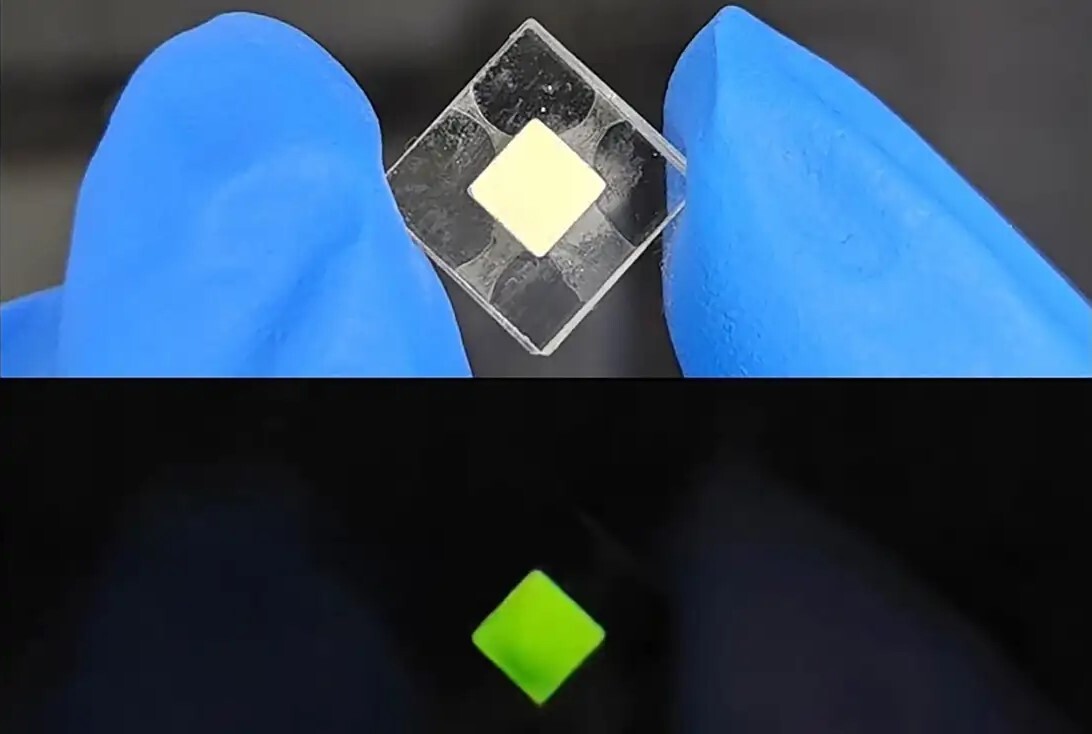Micronuclear Battery Breakthrough

Researchers have developed a groundbreaking nuclear battery that’s 8,000 times more efficient than previous models. A team at Soochow University in China designed this battery to harness energy from radioactive decay—a process commonly associated with nuclear waste.
“Micronuclear batteries harness energy from the radioactive decay of radioisotopes to generate electricity on a small scale, typically in the nanowatt or microwatt range,” the researchers explained.
What makes this technology especially promising is that radioactive decay remains unaffected by environmental conditions like temperature, pressure, or magnetic fields. This makes the micronuclear battery a long-lasting and dependable power source in situations where traditional batteries are impractical or difficult to replace such as space or deep sea environments. This brings us closer to a future where miniature batteries can run for decades without needing a recharge.
Breakthrough in Design
While the concept of using radioactive decay for long-lasting batteries has intrigued scientists for over a century, low efficiency has always been a roadblock. This new design overcomes that issue by strategically combining materials.
The researchers used americium, a radioactive element typically regarded as nuclear waste, which emits energy in the form of alpha particles. These particles carry a lot of energy but tend to lose it quickly to their surroundings, making them hard to harness efficiently.
To solve this, the team embedded the americium in a specially designed polymer crystal that acts like a transformer. It converts the fleeting energy of alpha particles into a stable green luminescence. This glowing crystal is then paired with a photovoltaic cell—similar to a tiny solar panel, that is powered by the green glow instead of sunlight. The entire system is encased in a quartz cell, resulting in a micro-nuclear battery that, despite its small size, can provide a stable power supply for decades.
Tests showed that the battery could deliver a steady power supply for more than 200 hours, proving its remarkable longevity. It achieves this with only a small amount of radioactive material, making it a safer and more sustainable option.
While americium has a half-life of 7,380 years, the battery’s lifespan will be limited to a few decades due to the gradual degradation of the materials surrounding the radioactive core. Nonetheless, this marks a significant leap forward in the development of long-lasting, miniature power sources.